Buster Keaton was best known for his roles in silent films. From these films, he earned his trademark nickname “The Great Stone Face”, in which he performed a style of physical comedy with a consistently deadpan, stoic expression.
Keaton achieved a lot of recognition during his career, including a ranking from Entertainment Weekly as the seventh-greatest film director of all time. In 1999, the American Film Institute recognized Keaton as the 21st greatest male star of Classic Hollywood Cinema. Film critic Roger Ebert wrote of Keaton and his exceptional acting and directing period from 1920 to 1929 when he worked without a break in a succession of movies.
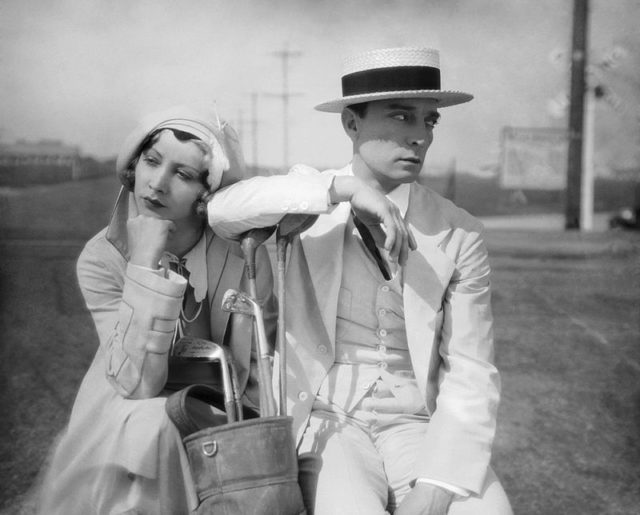
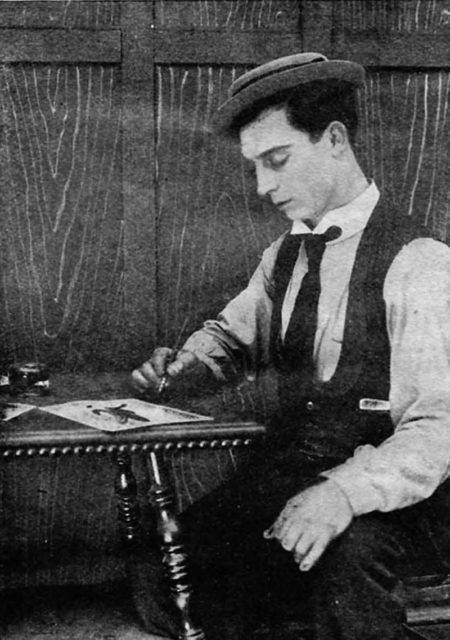

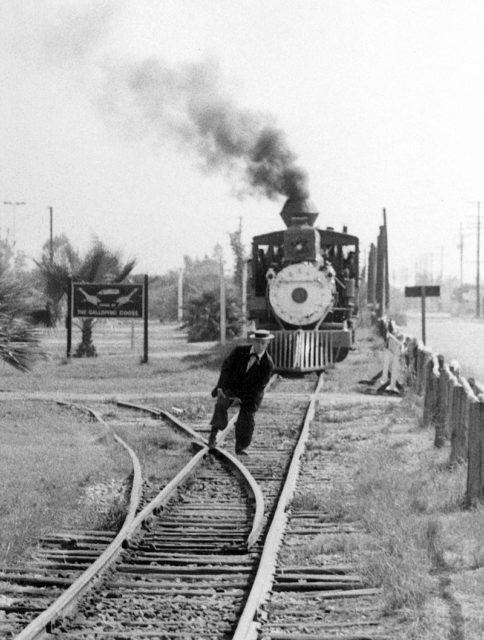

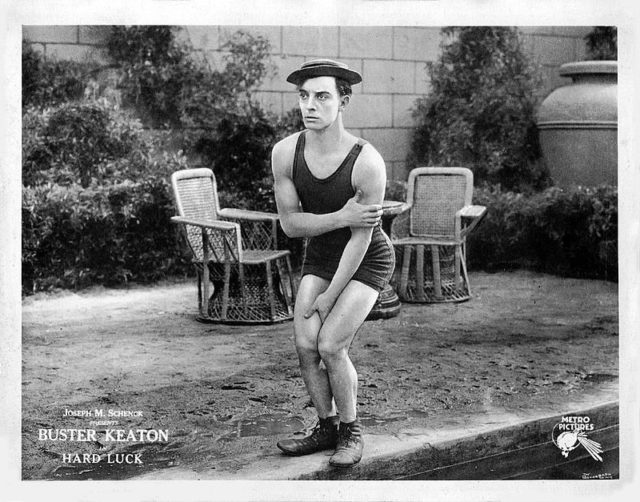

This work ethic and the success of his films made him, arguably, the greatest actor-director in the history of the movies. His career declined after this period as he lost much of his artistic freedom working for MGM. His independence taken away, Keaton sank into a debilitating alcoholism that crumbled his family life.
In the 1940s he recovered from his troubles, married again, and somewhat revived his reputation as an esteemed comic performer for the remainder of his career, earning an Honorary Academy Award in 1959.
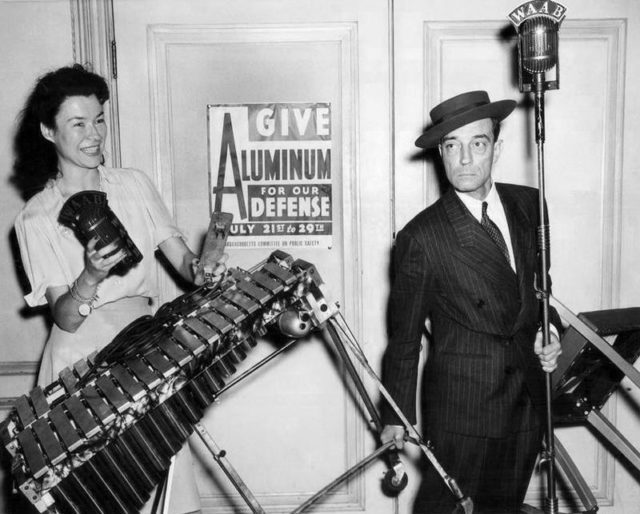
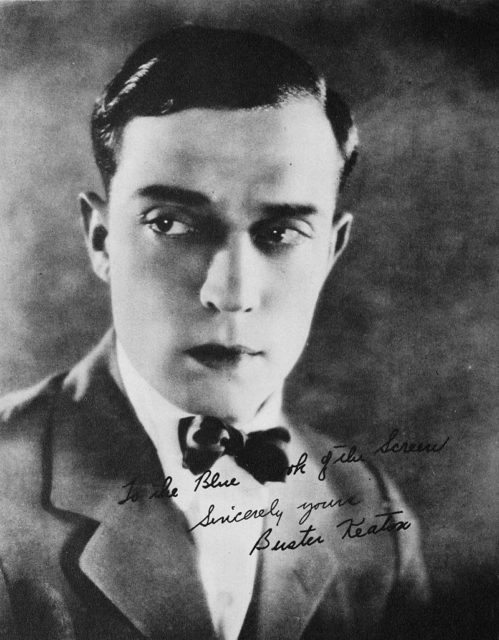

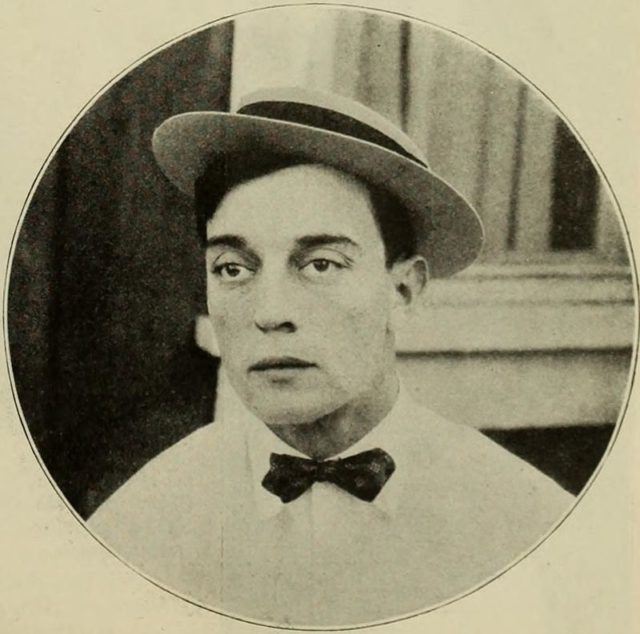
The Buster Keaton Story, a film biography, was released in 1957. The movie starred Donald O’Connor as Keaton, and the screenplay was written by Sidney Sheldon. But it contained several errors of documented facts and also merged Keaton’s three wives into one character. The movie, directed by Sidney Sheldon as well, was only loosely based on the life of Keaton.
During his career, Keaton designed and modified his famous “pork pie” hats. In 1964, two years before his death, he told a reporter during an interview that in making this particular “pork pie” hat, he began with a good Stetson, cut it down to size, and solidified the brim with sugar water. These hats were another story in themselves during Keaton’s illustrious career. Sometimes they were destroyed during Keaton’s wild film antics, some were given away as presents, and some were grabbed by souvenir seekers. Keaton said he was lucky when filming if he could get away with using only six hats.
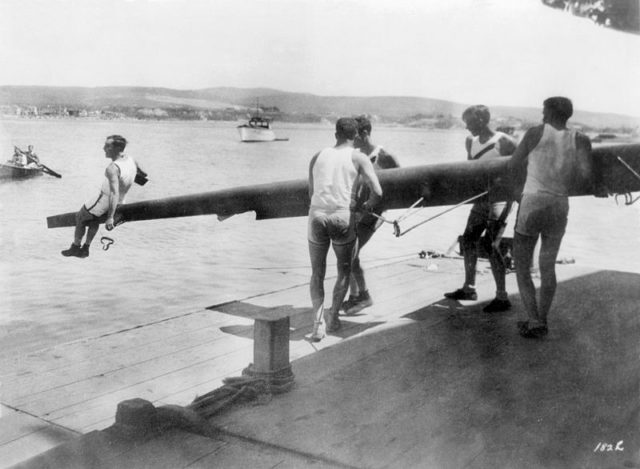
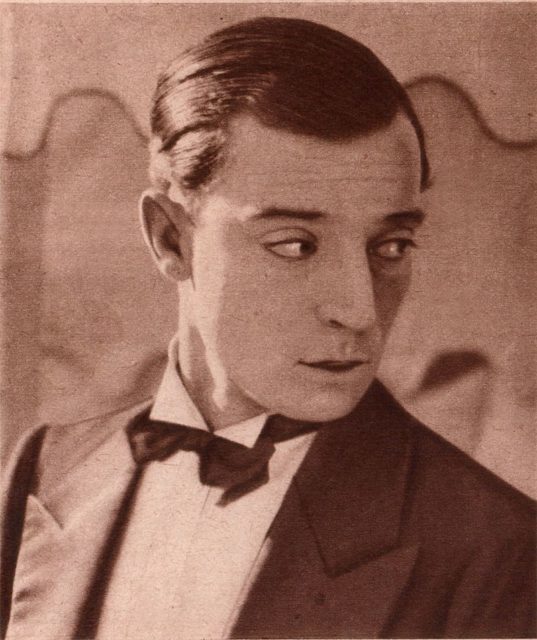
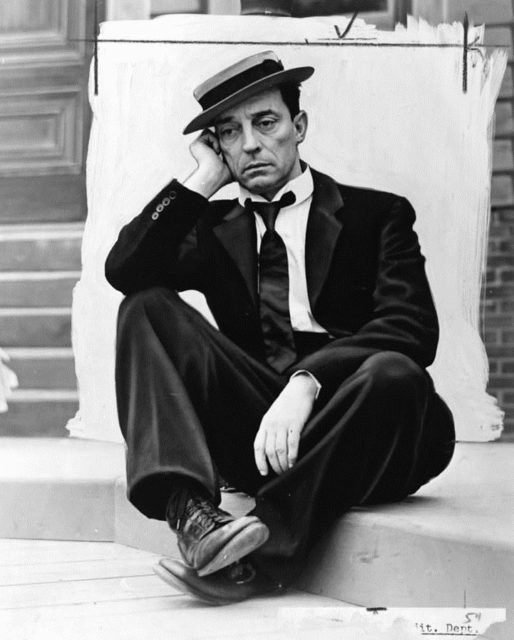
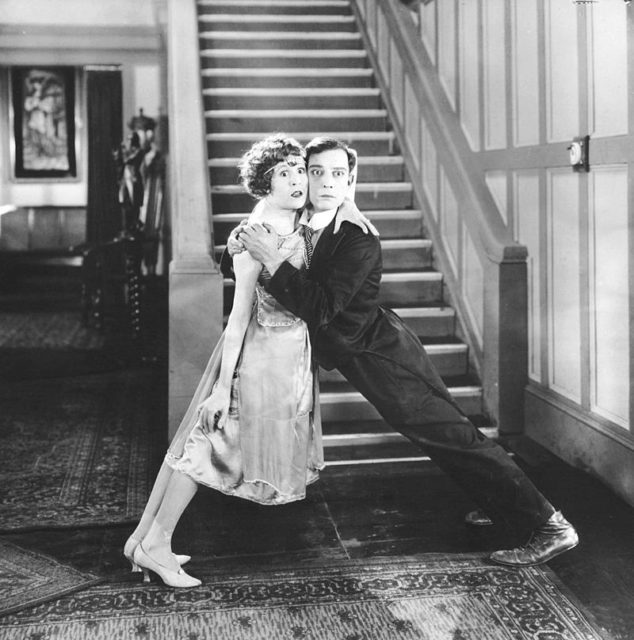
It is estimated that Keaton and his wife Eleanor made thousands of hats for him to wear during his career.
Keaton also noted that during his acting career in the silent movies, these hats cost him approximately two dollars each; at the time of the interview mentioned above, he noted, they cost almost $13 apiece.
